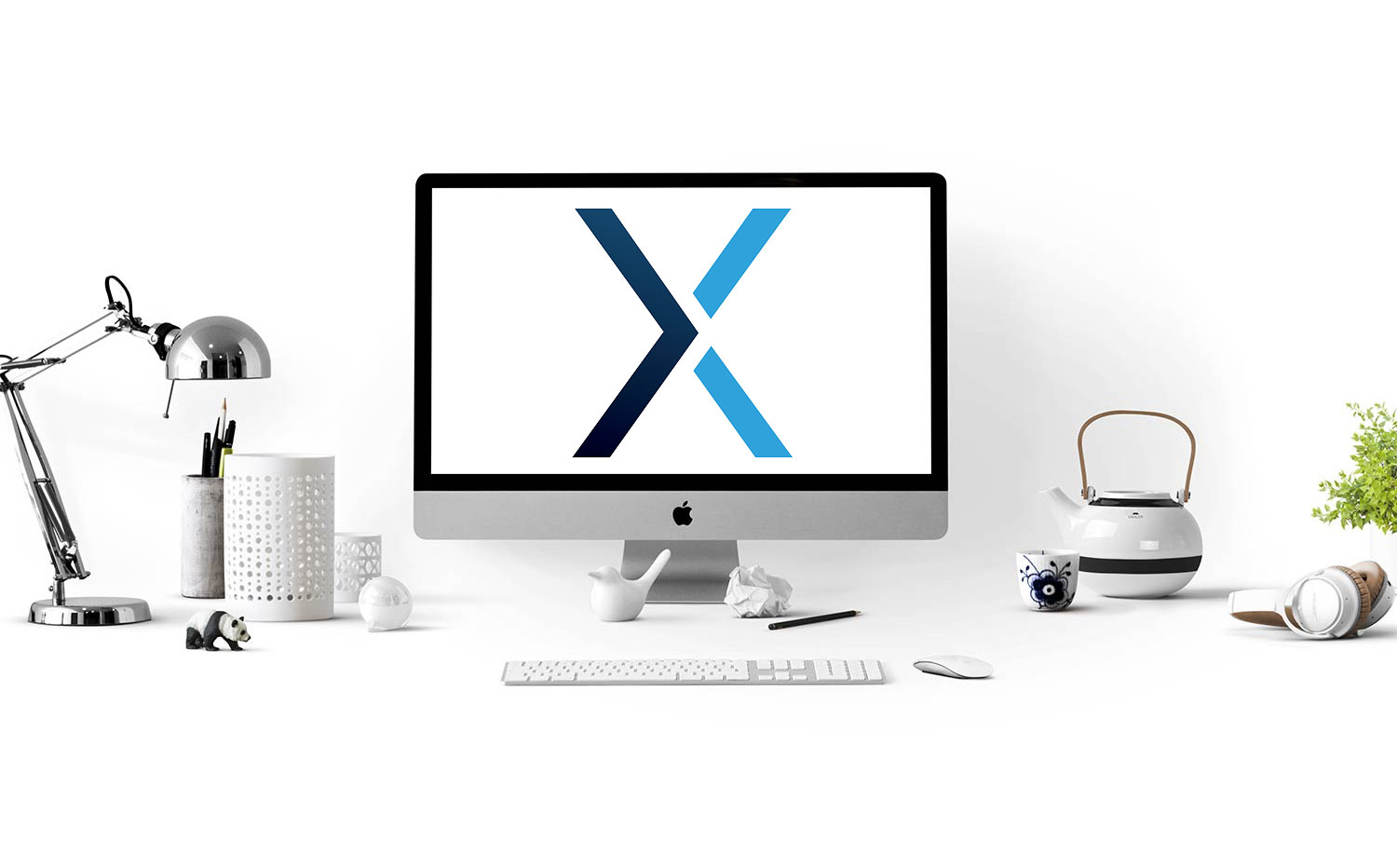Scrum framework Roles: Product Owner, Scrum Master, Team Ceremonies : Spring planning, Spring review, Sprint retrospective, Daily Scrum meetings Artifacts: Product backlog, Spring backlog, Burndown chart .

Building A Product
What:
You come up with an idea for a product that you want to build and release to the market place. Who:
To get this product to market you’re going to need input from various groups ... users , customers, developers, stakeholders, testers, etc. More importantly, to get your project off the ground, you’ll need a product owner and a scrum master.
Product Owner
Purpose:
The Product Owner’s role is to ensure the right features make it into the product backlog. The product owner is typically a project's key stakeholder. It is important that a product owner have a vision of what to build and that the product owner be able to convey that vision to the team.
Details:
Besides providing direction, the product owner is commonly a lead user of the system or someone from marketing, product management, or anyone with a solid understanding of users, the market place, and the competition.
Scrum Master
Purpose:
Besides being a facilitator, the scrum master makes sure the project moves forward in a smooth fashion, plus ensuring every member of the team has the tools and resources to get their job done.
Details:
This person sets up the meetings, monitors the work being down, and facilitates release planning. They remove the barriers between the development and the product owner so that the product owner directly drives development. Think of this person as a Project Manager
Product Backlog
What:
The product backlog is a prioritized features list, containing short descriptions of all functionality desired in the product.
Some details:
A typical product backlog comprises the following different types of items: Features ,Bugs, Technical work, Knowledge acquisition
Release Planning
What:
To develop your Release Backlog, you start with the Product Backlog, and select the features you want in the first release.
Details:
Gathering the must have features then folds into what is called the Release Backlog. It’s at this stage that the team prioritizes each feature, along with time durations for each feature so as to come up with estimated hours.
Tip:
Involve subject matter experts who have experience with the type of product you’re building. It will save a lot of time and mishaps.
Sprints
What:
Armed with the release backlog you now determine
Estimates Of time durations for each feature and how they should be prioritized. Once you have estimates for all the features, you’ll have an summary of the total time required to complete your work.
Why:
Next step Is developing your sprints. Sprints are short duration mile stones allowing the team to address a manageable amount of the project at hand, and progress towards completion for the planned launch
Sprint Durations
Duration:
The amount of time required really depends on the product release cycles. That said, sprints can range from 2 – 3 days and up to 25 – 30 days.
Why:
Two – week sprint durations (10 business days) is the de facto standard. Why? It allows a team to have some creativity, and provides a near-term dead line that kills procrastination and forces member's challenges to the surface
Sprint Backlogs
Objectives:
Take the release back log and split it into sprint backlogs. The best way to do that is by displaying the sprint back log on a wall, ideally in the form of a task board.
Why:
A task board is oriented in rows and columns with each row containing aparticular user story and one index card or sticky note for each task involved in that story. Task cards are organized in columns, minimally including “ToDo” “InProcess,” and “Done.” The team is able to see work progressing a cross the task board during the sprint and all work to be done is visible at all times.
Burndown Charts
What:
How does one monitor progress? You use what is referenced as a burndown chart. The added value with the chart is that you get a visual glance regarding the status of your project instantly.
Why:
With this visual, you can measure on a day-by- day basis, the work remaining for each sprint release. The trend you want to see the line moving is towards zero
Daily Scrum
Daily Scrum must not last more than 15 minutes, anyone can come but only the team and the Scrum Master can speak, 3 question answers:
- What did I do yesterday?
- What am I going to do today?
- What are my impediments?
http://www.item-soft.co.il/DisplayPage.aspx?CategoryId=44&ArticleId=33








 פרסום פרויקט
פרסום פרויקט


 התחבר עם פייסבוק
התחבר עם פייסבוק
 התחבר עם LinkedIn
התחבר עם LinkedIn